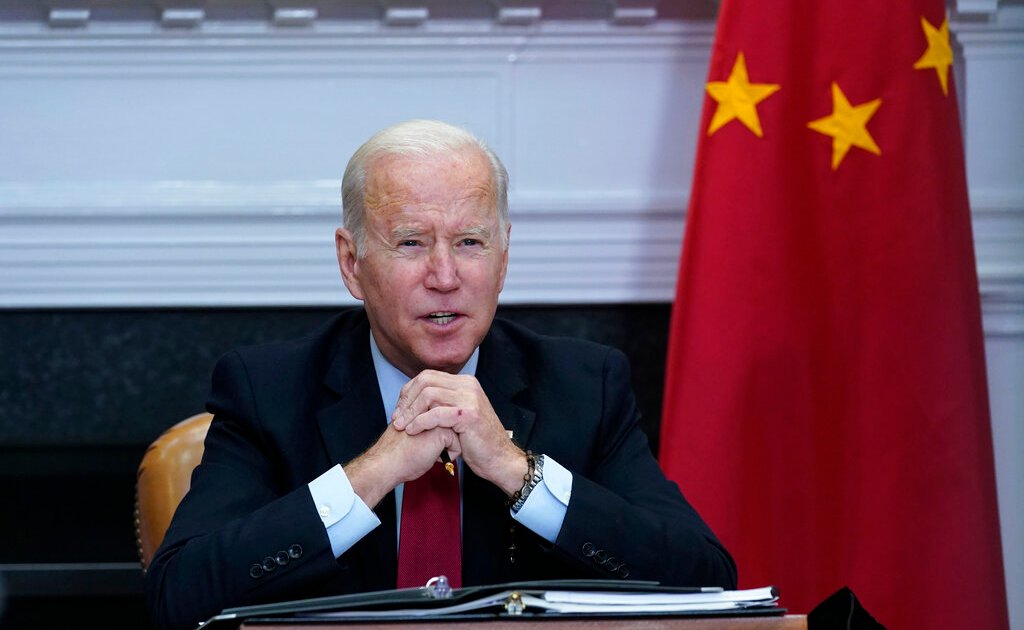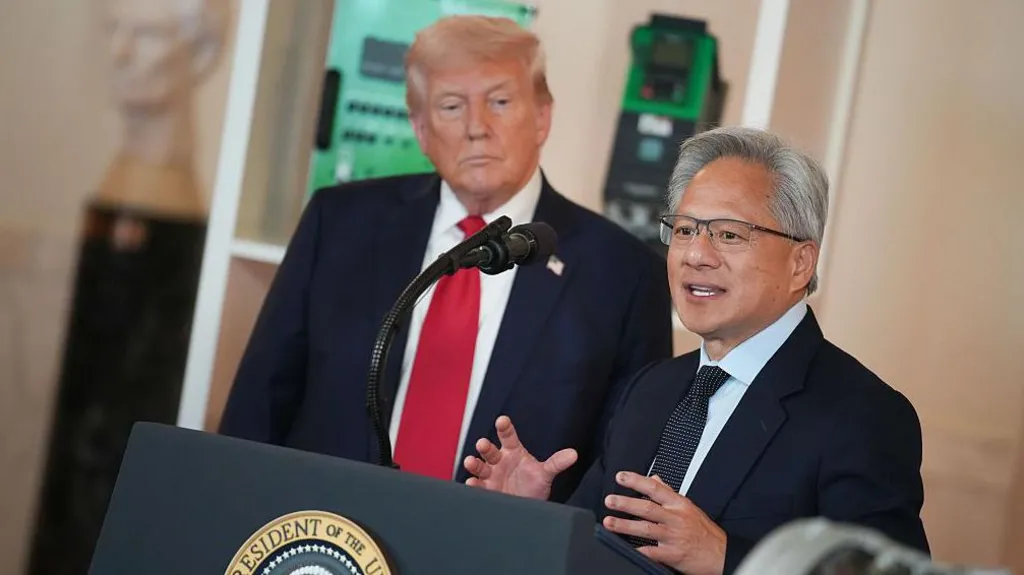HOW THE US WILL FIGHT CHINA?
In a significant policy address, US Secretary of State Antony J. Blinken revealed the Biden administration’s China approach. “President Biden feels this decade will be important,” Blinken said, admitting that China, rather than Russia, poses “the most severe long-term challenge to the international system.” Blinken outlined the administration’s three pillars of strategy: invest in American competitiveness and innovation, coordinate US efforts with friends and partners, and compete with Beijing to preserve American interests and safeguard the rules-based system.
China is the only country with both the will and, increasingly, the economic, diplomatic, military, and technical capacity to remake the world order. Beijing’s agenda would lead the world away from the universal ideals that have underpinned so much of the world’s growth over the last 75 years.
China is also critical to the world economy and the world’s capacity to address issues ranging from climate change to COVID. Simply put, the US and China will have to cope with each other for the foreseeable future.
The China problem is real, but the Biden administration’s approach to dealing with it is inadequate. Without strong economic statecraft, there is no strategy — or at least no plausible plan.
Blinken touted last week’s launch of the US-led Indo-Pacific Economic Framework for Prosperity (IPEF), claiming the 13-country partnership to address supply-chain resilience, infrastructure and clean energy, tax and anti-corruption, and digital trade rules and regulations “renews American economic leadership but adapts it for the twenty-first century.”
The framework is unusual for not being a free-trade agreement. In a region where many nations favor economic cooperation over conventional security cooperation and consider China as their major trading partner, the US should make free trade the cornerstone of its Indo-Pacific policy. In the Indo-Pacific, “foreign policy is economic policy, and economic policy is foreign policy,” as former Secretary of State John Kerry has stated.
The Biden administration is well aware of this. Kurt Campbell, White House Indo-Pacific Coordinator, explicitly said that the US is competing with not one or two hands tied behind its back, but “maybe one foot tied back there as well.” He urged the US to “raise its game” in terms of economic engagement with Indo-Pacific countries, making this approach a distinguishing feature of US strategy in the area.
Despite Campbell’s serious appraisal, the economic promises of the China strategy fall short of the task. The IPEF’s joint statement was unusual for its lack of specificity, referring vaguely to “collective talks toward negotiations.” The administration earlier said that the framework would be nonbinding and would not include trade (other than in the digital realm) or investment liberalization.
If Washington wants to provide countries in the area incentives to fight Chinese influence, it needs to get back into the trade game. Although the US has either withdrawn or abstained from the region’s two major trade treaties – the Regional Comprehensive Economic Partnership (RCEP) and the Comprehensive and Progressive Trans-Pacific Partnership (CPTPP) — China is already a member of the former and has requested to join the latter.
The Biden administration recognizes the importance of a regional trade agenda, but it is hampered by its promise of a middle-class foreign policy. With many working-class Americans feeling left behind in a globalized economy and midterm elections coming, Biden may feel politically compelled to negotiate new trade agreements. The IPEF attempts to thread a delicate political needle between American skepticism of free trade and American national security needs, but the result is unsatisfactory.
If China is, as some believe, a threat to US national security interests, the American people will have to make sacrifices to fight it. However, abandoning expanding free trade with Asia is not one of them. The Peterson Institute for International Economics predicted in 2016 that entering the Trans-Pacific Partnership (TPP), the predecessor of CPTPP, would enhance yearly real earnings in the United States by $131 billion, or 0.5 percent of US GDP (GDP). Politicians may blame free trade for the loss of American employment, but economists have demonstrated that technology, not free trade, is mostly to blame. Furthermore, most Americans see free trade as an opportunity for economic progress, implying that concerns about a domestic political reaction may be exaggerated.
Most importantly, the Biden administration cannot compete with China without a strong free trade policy. The White House must develop a more credible trade policy. Otherwise, it risks strengthening regional perceptions of the US as an untrustworthy and uncommitted economic participant in the area.











